Results
Thermal conductive pads are useful wherever a thermal paste cannot be reasonably applied. A good example are power supply circuit of graphics cards and processors, so the choice of test subjects was unambiguous. It was less clear, however, what thickness of pads is most effective, if it is better to pay for more expensive ones, and what improvement to expect.
Results
With the same thickness, Thermal Grizzly achieved higher efficiency than the Arctic pad. And the difference of -6 °C (from 86 to 80 ° C) is certainly not negligible. However, you would pay 0.6 € for one cm2, which is significantly more than Arctic (0.2 €/cm2).

There is also a cheaper trick to fix the temperatures – increase the thickness of the pad. Temperatures with Arctic 1.5 mm are similar to those with TG 1 mm. This is obviously due to a combination of several factors. After compression, there is more material (with higher concentration/absorption) for the heat transfer, the MOSFETs are better “submerged“ in the pad, which leads to heat transfer from the edges too, and also more pressure plays its role. For example, when using a pad with a thickness of 0.5 mm, the pressure is relatively low (the VRM prints were rather weak), which probably also contributed to the weakest results. However, it also depends on the distance between the contact area of the heatsink and the surface of the VRM casing. It is usually about 0.4 mm. Original pads used by Gigabyte were of better quality and you could even make thigs a little bit worse by replacing them with Arctic.
After removing the heatsink, the temperatures reached 100 ° C in three minutes (and kept rising). The standard time of all tests was 15 m.
If you would like to give us a tip for a review, feel free to do so in the comment section.
We will be grateful for any feedback!



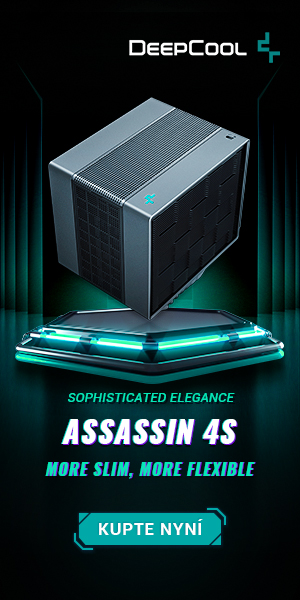
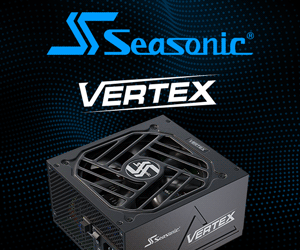
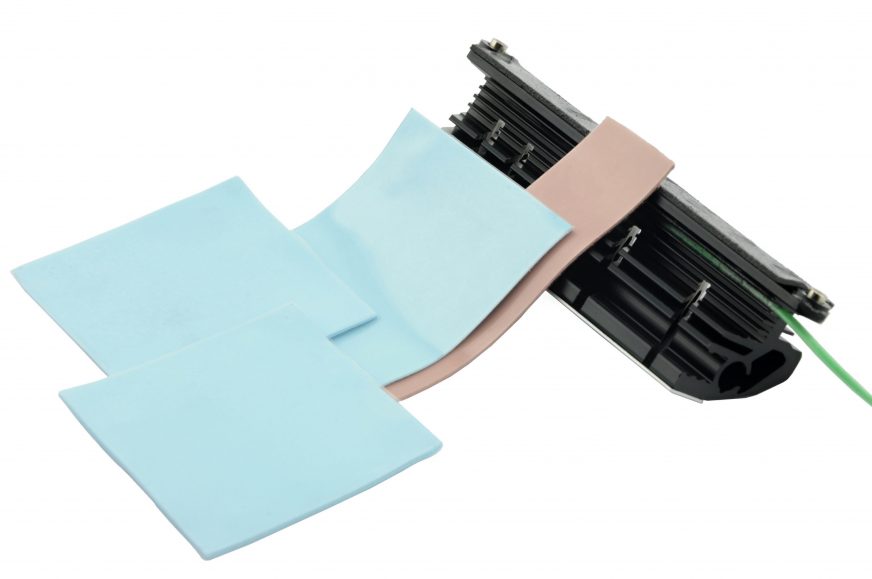
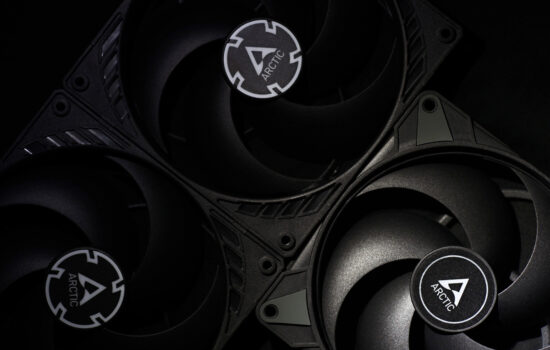
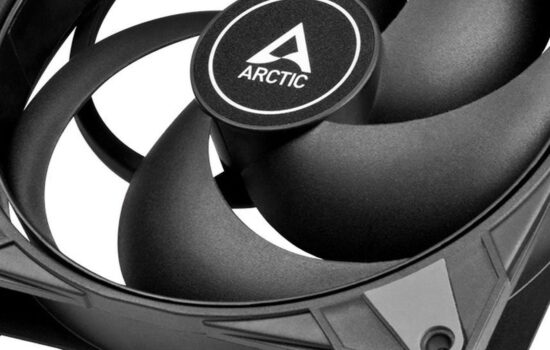

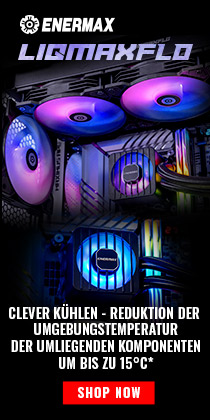
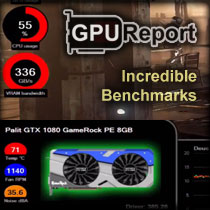
Great test, well done!
Thanks for share!
Thank you for such quality review!
Infrared thermometers are useless for temperature testing. You guys should study what GamersNexus is doing on Youtube and beef up your testing criteria significantly.
Thank you for your comment. Don’t take offence, but we don’t consider the mentioned source to be relevant, on the contrary it is misleading tabloid. Wasn’t it GN who used a thermal imaging camera to spread demagoguery about melting 12VHPWR connectors and used IR imaging for that (but with inappropriately set emissivity number for the material of the critical point/metal hollows)?
If you have studied this, we would be glad if you could give us a technical lesson on why IR sensing is useless for temperature analysis. 🙂
GamersNexus lol. GamersNexus is a silly entertainment channel where the tech dude bro guy throws Nvidia GPU’s in the trash to please AMD cultist viewers. It has long sacrificed it’s tech pro nature at the altar of clickbait cheap entertainment for zoomer kids.